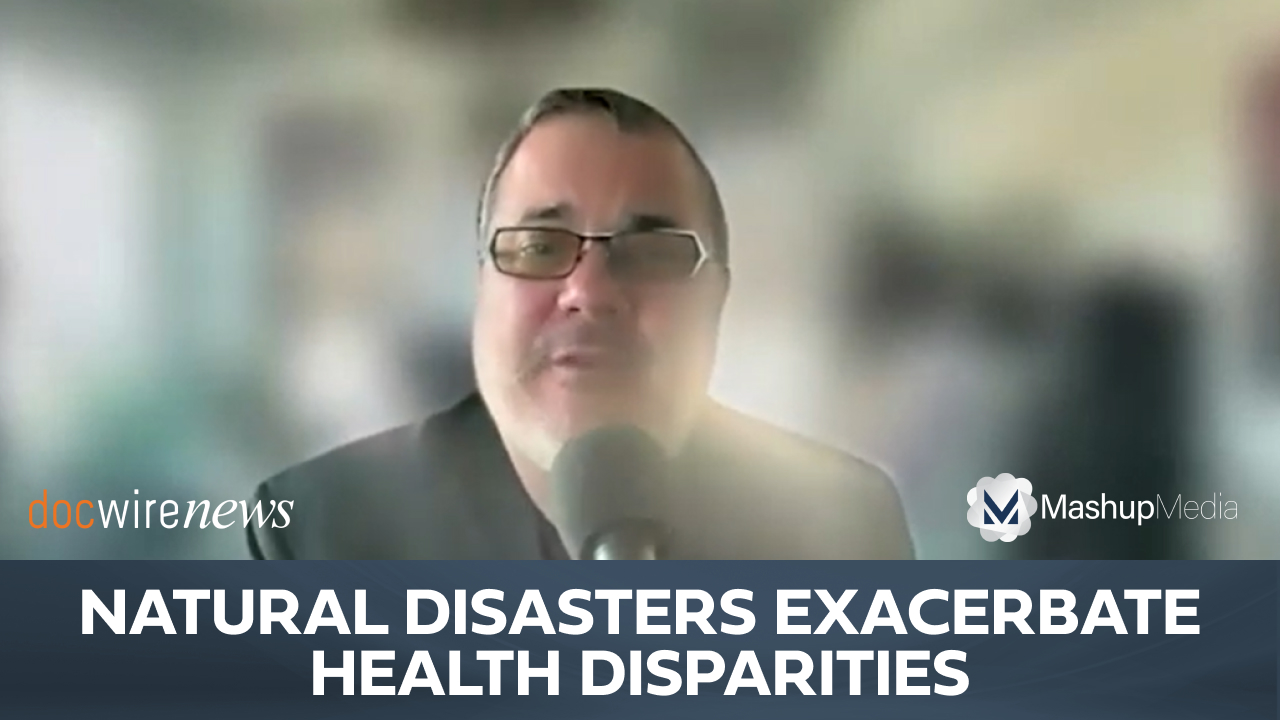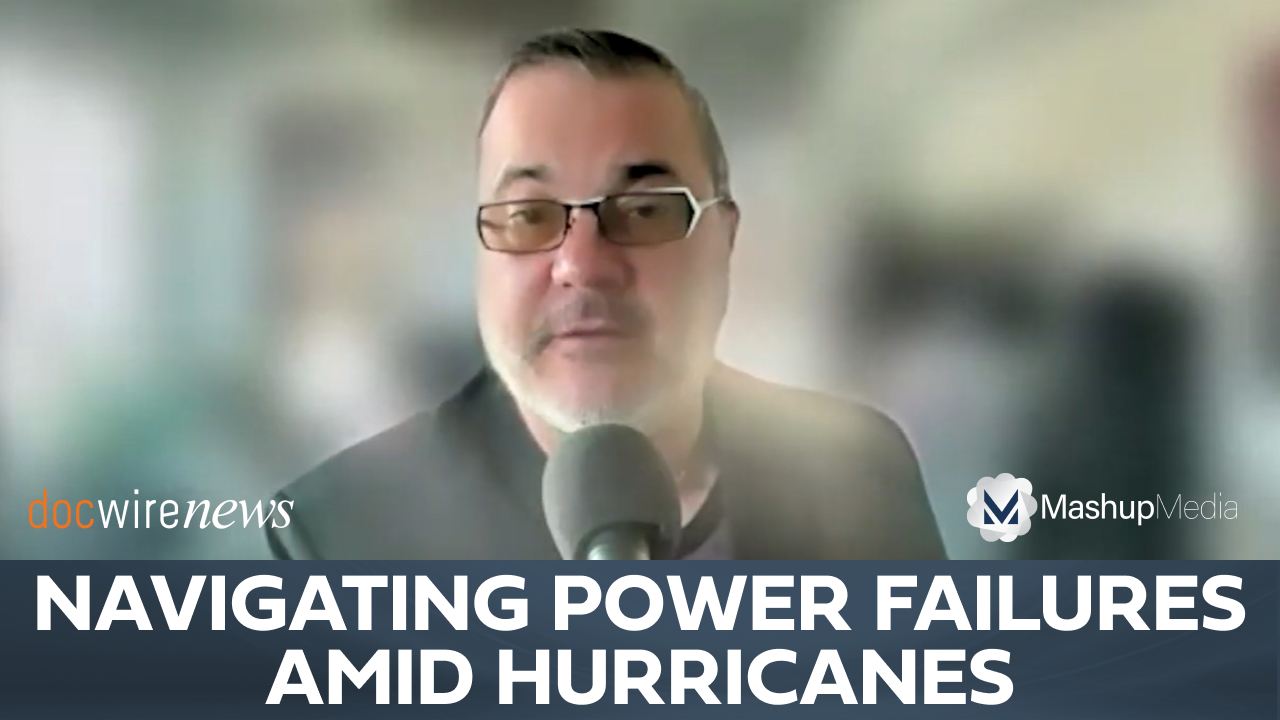Hurricanes Have a Profound Impact on Medicine Dispensing
By MarkAlain Déry, DO, MPH, FACOI, Rob Dillard - Last Updated: November 14, 2024Hurricanes Helene and Milton significantly affected supply of IV fluids, prompting the federal government to seek help overseas to restore supply. In part seven of an eight-part interview, MarkAlain Déry, DO, talks to DocWire News about all the ways hurricanes affected medicine dispensing and the impact that comes with that disruption.
DWN: Hurricanes Helene and Milton left the US government scrambling to find IV fluids following the destruction of production plants. Talk to us about how natural disasters can impact medicine dispending.
MD: Yeah, 100%. As we talked about hurricanes Helene and Milton, they can significantly impact medicine dispensing and health care delivery in several ways. For example, like what we have seen is the disruption of manufacturing and supply chains. The destruction of Baxter’s manufacturing plants in Marion, North Carolina, by Hurricane Helene severely impacted supply of IV fluids. That facility produces approximately 60%–in other words, 1.5 million liter bags of IV solutions that are used daily in the United States. As you can see, such disruptions lead to widespread shortages of critical medical supplies affecting patient care across the country.
Of course, now you’re going to have interruption of health care delivery, which we’ve talked about several times. But particularly, flooding and structural damage forced hospitals and pharmacies to close, thus limiting continued access to medications and health services. Power outages disrupt the operation of medical equipment and the storage of temperature sensitive medications, and of course, vaccines as well.
There will be transportation and access issues because flooding and damaged roads prevent patients from reaching pharmacies and health care facilities to obtain necessary medications, or even in the case that we’re talking about now, hindering the delivery of medical supplies to affected areas. There may be increased demand for certain medications. Natural disasters often lead to a surge in demand for specific treatments related to injuries, infections, or exacerbations of chronic conditions, and this increased demand can further strain already limited supplies. Of course [there are] allocation challenges during shortages, health care systems must implement conservation strategies and prioritize allocation of limited resources like IV fluids. I would not be lying, in other words, here’s me telling the truth; do I get emails every day about being very, very conscious of my IV fluid usage in the hospital? Yes. Every day we get reminders. As soon as we get onto REMR, we’re reminded that there’s a significant IV fluid shortage, and things like keep vein open, those sorts of orders, they’re gone right now. I tend to try to always use fluids judiciously, but certainly more so now than previously.
So I think one of the things that’s important is to mitigate these impacts. Health care systems and government agencies really need to consider developing robust emergency preparedness plans. They need to diversify supply chains to reduce reliance on single manufacturing sites, implementation, conservation strategies during the shortages. Like what we’re seeing at our hospitals right now here in New Orleans, and coordinate effectively between health care providers, manufacturers, and government agencies to manage and allocate limited resources. For example, the situation with IV fluid shortages following hurricanes Helene and Milton highlight the vulnerability of medical supply chains due to natural disasters and the need for comprehensive disaster preparedness in the health care sector.







 © 2025 Mashup Media, LLC, a Formedics Property. All Rights Reserved.
© 2025 Mashup Media, LLC, a Formedics Property. All Rights Reserved.